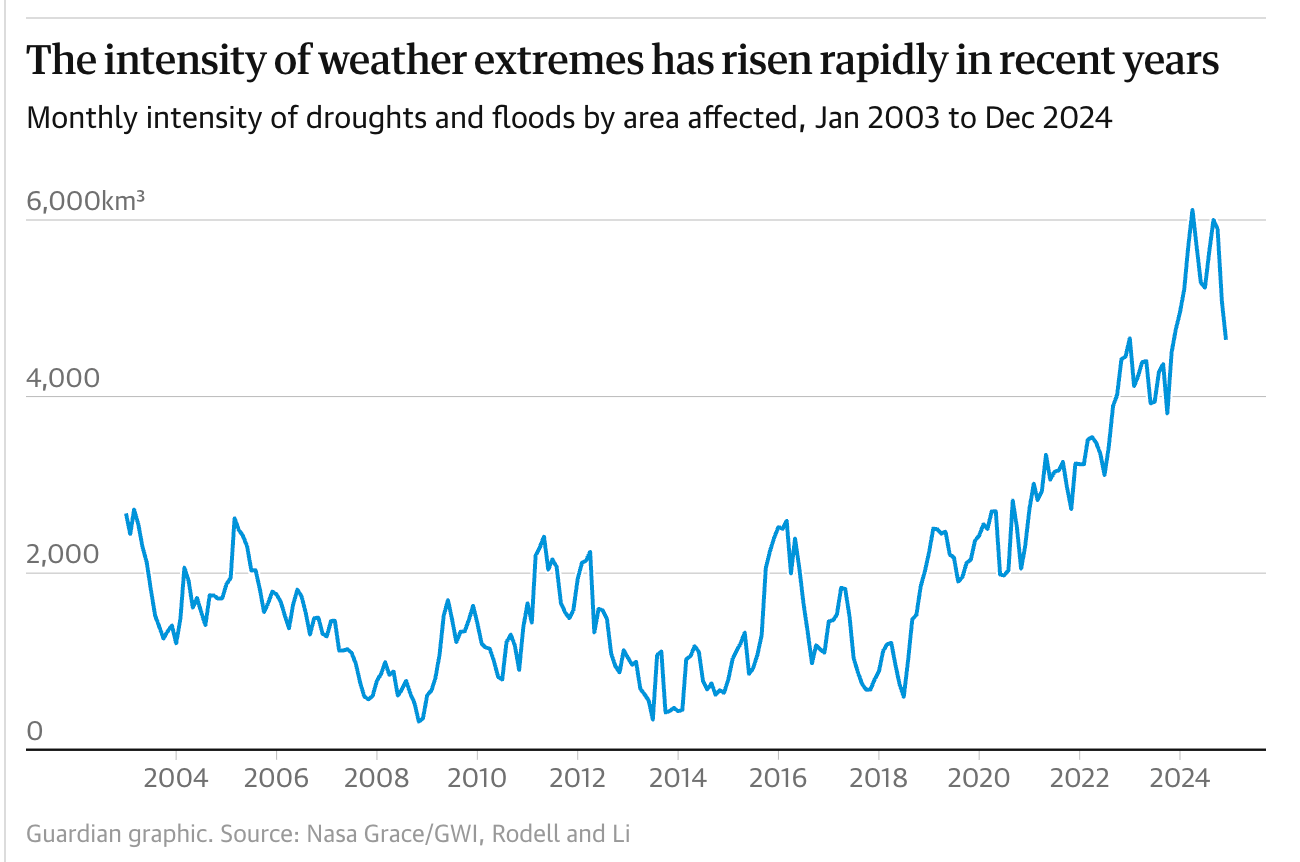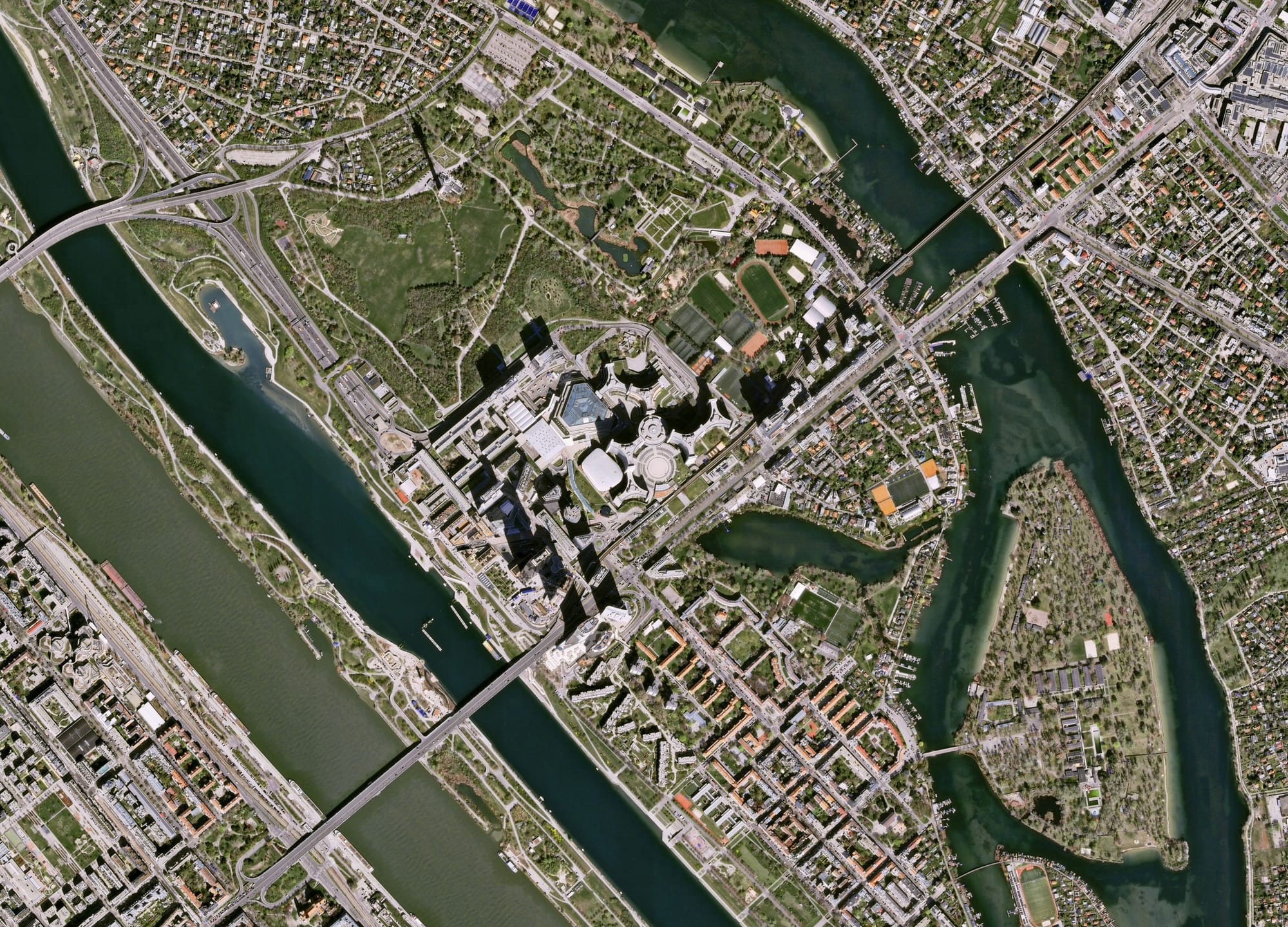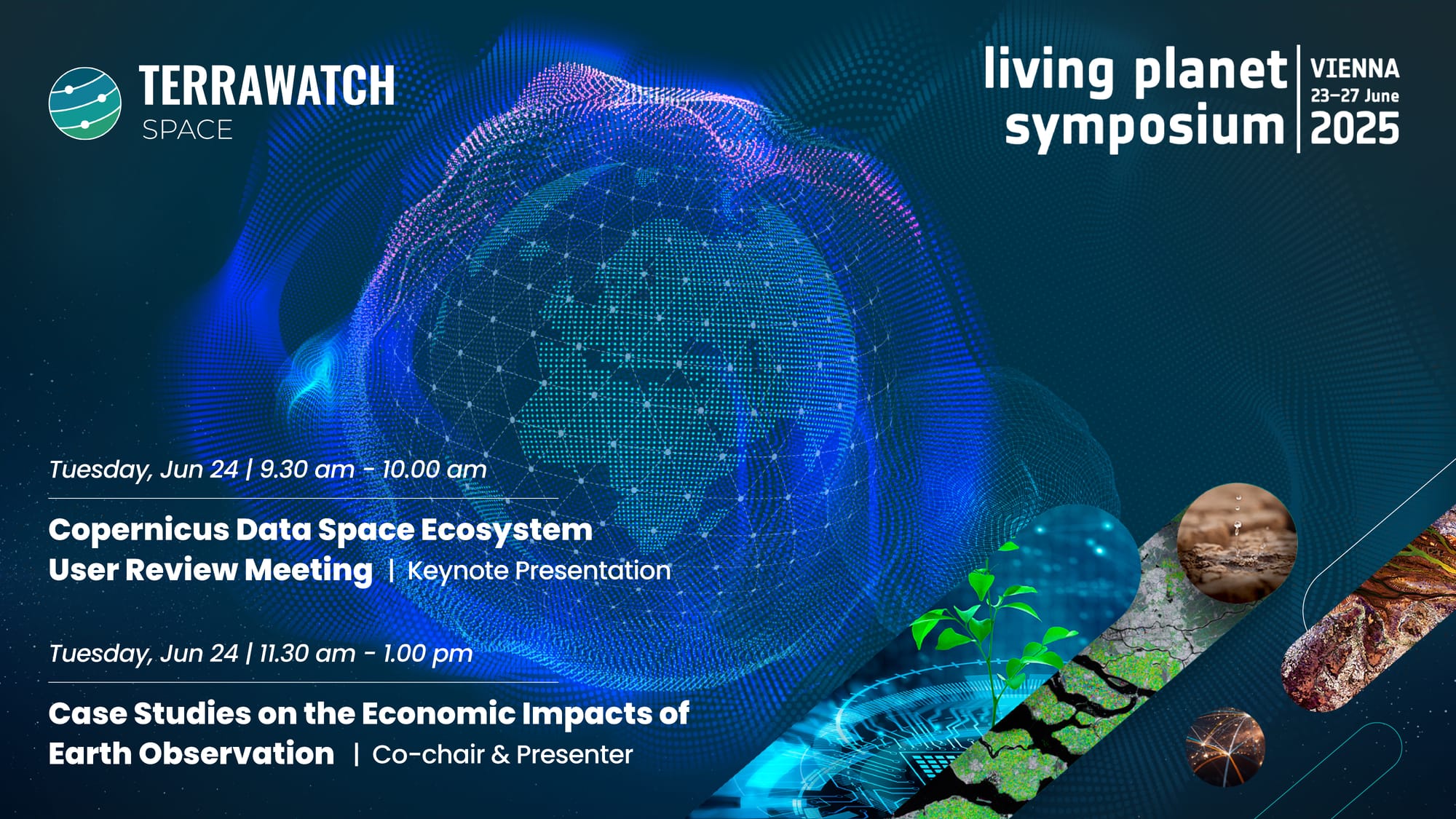Welcome to a new edition of ‘Last Week in Earth Observation’, containing a summary of major developments in EO from the last week and some exclusive analysis and insights from TerraWatch.
You may have noticed I skipped the last two editions of the newsletter as I was deep in the final stretch of organising EO Summit, followed by a few much-needed days of rest. It is good to be back to our normal rhythm.
PS. Big changes coming to the newsletter from August – stay tuned!
Four Curated Things
Major developments in EO from the past week
💰 Contractual Stuff: Funding, Contracts and Deals
Funding
- EO satellite manufacturer Muon Space raised $90 million to scale production;
- Weather forecasting and earth simulation startup Jua raised to build its AI-based Earth Intelligence Platform;
Contracts
- NATA awarded Planet for a new seven-figure contract with NATO to deliver advanced daily monitoring and intelligence capabilities
- Satellogic was selected by the Government of Malaysia to build and deliver a high-resolution satellite;
- ICEYE signed an agreement to deliver SAR satellite capabilities to the Portuguese Air Force;
📈 Strategic Stuff: Partnerships and Announcements
Announcements
- BlackSky announced plans to develop a new satellite designed to capture large areas of the planet;
- Google has developed a new AI weather model for forecasting tropical storms;
- Indian EO startup GalaxEye announced plans for a second satellite in its constellation that includes a combined optical and SAR instrument;
Partnerships
- French defense firm Safran is partnering with satellite manufacturer Loft Orbital and will supply high-resolution imagers;
- EO satellite manufacturer BAE Systems has partnered with South Korean firm Hanwha Systems to integrate SAR instruments in UK's military satellite constellation;
- Maxar Intelligence announced an agreement with radar imaging startup Array Labs to secure capacity on its constellation set to launch in 2026.
🗞️ Interesting Stuff: More News
- Microsoft has announced the release of Planetary Computer Pro that aims to make it easier for organizations to harness geospatial data;
- The heads of leading US satellite imaging firms are urging Congress to reject proposed budget cuts to EO data buy programs'
- EU and ESA are working together on the European Resilience from Space satellite program with an initial budget of one billion euros;
- US EO satellite imaging companies are witnessing a boom in demand from international customers;
- Hyperspectral imaging startup Xplore has released the first hyperspectral images from its XCUBE-1 satellite.

🔗 Click-Worthy Stuff: Check These Out
- This research from ECMWF that provides the strongest scientific proof yet on how closing weather data gaps actually improves global forecasts;
- This article that presents information derived from satellite data showing rise in intensity of weather events.

Reflections from EO Summit 2025
EO Summit 2025 brought together ~450 people, from over 25 countries, coming from across the EO ecosystem – from investors to end users, from public servants to non-profits. This was only our second edition of the EO Summit, and the very first time in the US.
Thanks to the sponsors for their belief, the speakers for their enthusiasm, the attendees for their trust and the volunteers for their support and my team for all the hard work. Pulling this off with a team of 4 was not easy, but hearing the positive feedback, seeing the energy in the room, and knowing it brought value to so many made it all worth it.
Being the organizer means that I didn't really get to experience the conference as a regular attendee, but I want to take a few minutes to summarise some key themes I overheard in the panels and the networking sessions.
- The Unsolved EO Platform Gap – an Opportunity for AI?
Despite advancements in EO data collection and analytics, there’s still a persistent gap in platforms that can seamlessly bridge raw EO data with actionable, domain-specific intelligence. Most platforms remain either too technical or too generic. This “platform gap” is not just a UX issue, it’s a systemic bottleneck for adoption.
The conference had several panelists mention that AI/ML, increasingly capable of contextual understanding and automated reasoning, provides a strong opportunity to build adaptive platforms that don’t just process pixels, but solve problems.
Related: TerraWatch deep-dive on the state of EO platforms
- Building with Users vs Building for Users
Too much of the EO ecosystem still builds for users, not with them. The result: technically sophisticated tools that miss real-world workflows, decision cycles, and data literacy levels.
What we need is more embedded collaboration, where users shape products from the inside. The most impactful EO solutions going forward will emerge from long-term partnerships - not demos or trials, but co-creation.
- The Underreported Significance of Public Investments in EO
Public funding remains the single largest driver of EO infrastructure, yet its impact is often invisible in commercial narratives. From the Landsat satellites to initiatives like NASA’s CSDA program, these investments de-risk the ecosystem, stimulate innovation, and anchor demand.
But they’re undervalued in ROI terms and under-leveraged for broader outcomes. It’s time to reframe public EO programs not as cost centers, but as foundational infrastructure for environmental, climate and economic resilience.
Related: Economic valuation report of Landsat
- Moving Towards a Value-driven Model for EO Commercialisation
Commercial success in EO is too often measured in terms of data volume, satellite count, or number of tasking APIs. But users care about outcomes, not inputs.
We need to shift the focus from EO capabilities to the value they enable, whether it’s shortening response times to wildfires or improving insurance models. This value-first mindset requires closer integration with verticals, and new business models that align around shared outcomes, not just data access.
- The Need for An Independent Advocacy Organization for EO
We need an independent organization dedicated to Earth observation in its entirety - from awareness and advocacy to market enablement and policy engagement, akin to The Planetary Society for space exploration.
Today, the EO sector is a fragmented landscape, not just in terms of companies, but also scientific, commercial, and non-profit initiatives spread across countries and regions with limited coordination.
My long-term goal is to build a unifying, independent entity focused on the civilian and commercial applications of EO - one that brings together the global EO community, including end users, to amplify our collective voice and accelerate EO adoption across public, private, academic, and non-profit sectors.
Scene from Space
One visual leveraging EO
Living Planet Symposium
LPS, a major EO conference, organised by ESA, kicks off today in Vienna (seen below in the satellite image).

I am attending the event from Monday to Thursday – if you are here and want to say hi, just hit reply. Or, come find during one of the two sessions below.

Until next time,
Aravind.






